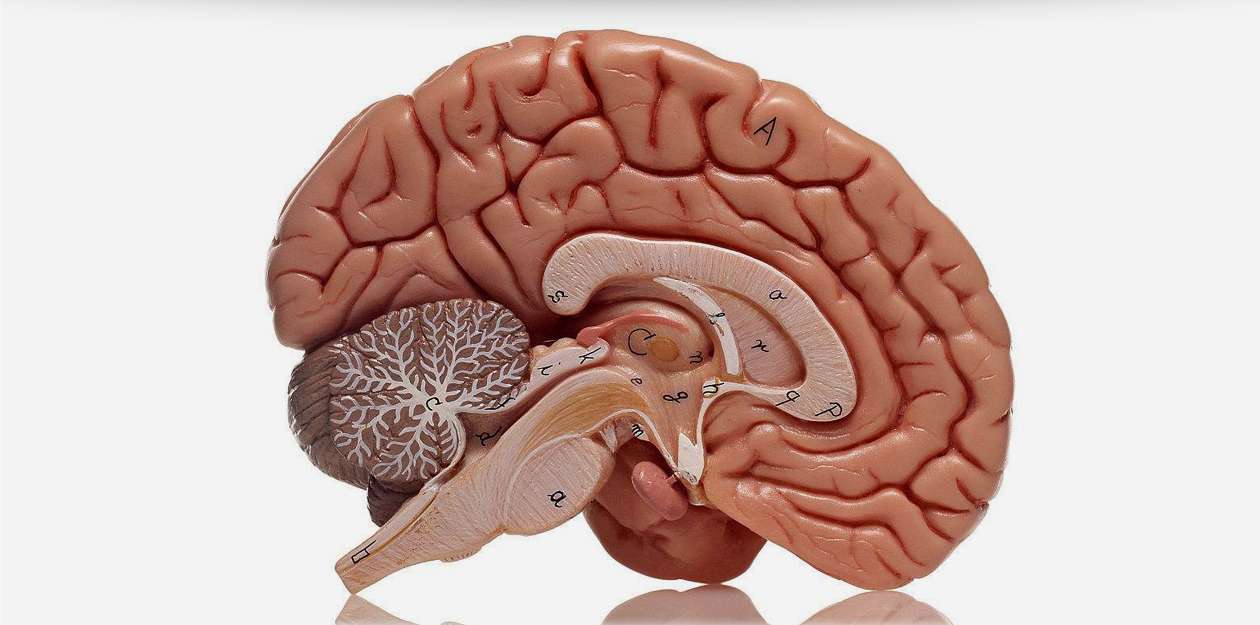Get our latest news
Copyright © 2018 cnqhkj.com Inc. All rights reserved. 浙ICP备12047550号 Powered by www.300.cn ningbo
Subscription
Tel:+86-574-65335615
Email:qinghua@qinghuakj.com
The composition of the brain model
The brainstem in the brain model is the area responsible for sensory integration, including the reticulum system, the prolonged brain, the midbrain, and the pons. The following describes its functions.

Mesh system:
Responsible for filtering and diminishing unimportant stimuli, coupled with important stimulus intensity, this is the main filter of the central nervous system and the key to regulating nerve cell activation. Able to control, wake up, fall asleep, focus, and alert. Adjust the sense of time and regularity of day and night, and adjust the physiological clock. Cooperate with the cerebellum to adjust posture tension, balance and movement together. Cooperate with limbic system and hypothalamus to maintain physiological balance and endocrine balance together.
brain model The human brain is composed of about 14 billion brain cells and weighs about 1,400 grams of spongy nerve tissue. It is the high-level part of the central nervous system. It is located in the cranial cavity and continues with the spinal cord at the foramen magnum. The brain receives external signals, produces sensations, forms consciousness, conducts logical thinking, and sends instructions to produce behaviors, forming four basic functions, namely, sensation, movement, adjustment (adaptation) and advanced functions. Among them, advanced functions refer to cognition, attention, learning, memory, language, thinking, etc. In terms of information theory, the human brain can store 50 times as much information as the library of 10 million books in the U.S. Library of Congress, and the neural function cells of the brain can complete 10 million links per second. The understanding of the complex and advanced functions of the brain is still in the initial stage, and there is still a breakthrough. Clarify the basic process of neural activity, understand the basis of neural circuits that realize various functions, suggest the advanced functional mechanisms of the brain, clarify neurological disorders, explore new treatment methods from the etiological mechanism, and provide inspiration for artificial intelligence. Research is the main goal of brain science research. In terms of structure, it is divided into three parts: forebrain, midbrain and hindbrain according to different parts, each with different functions.
Back of the head:
Located at the lower part of the brain, it includes three parts: (1) The oblongata, located at the upper end of the spinal cord, is connected to the spinal cord, and has a thin tube, as large as a finger. The main function of the oblongata is to control breathing, heartbeat, swallowing and digestion. A slight injury is life-threatening. (2) The pons, located above the dilatation, is a tube made of nerve fibers that is larger than the dilatation. The pons connects the prolonged brain and the midbrain, and if damaged, it can cause sleep disorders. (3) The cerebellum, located behind the pons, resembles two connected wrinkle hemispheres, and its function is mainly to control the movement and balance of the body. If the cerebellum is damaged, it loses the ability of the body to move freely.
Midbrain:
Located above the pons, just in the middle of the whole brain. The midbrain is the reflex center of vision and hearing. In the center of the midbrain, there is a network of nerve tissue called the reticular structure. The main function of the mesh structure is to control the state of consciousness such as wakefulness, attention, and sleep. The role of the reticular structure extends to the pons, midbrain and forebrain. The pons and oblongata of the midbrain and hindbrain are combined, called the brainstem, which is the center of life. The forebrain is the most complex and important part of the brain.
Brain stem:
The sensory pathways in the spinal cord continue in the brainstem, but in addition to these pathways, there are many very important and complex nuclei in the brainstem. The brainstem can combine many of the aforementioned different sensations from oranges (such as color, roughness, roundness, taste, weight, etc.), making you feel that this is an orange. Most of the activities of the brain stem are automatic and happen without our will or thinking. At the center of the brain stem is a group of neurons and nuclei, comparable to an intricate fishing net. Scientists use a high-power microscope to study the nervous system, which is named the reticular system. The mesh system is even more complex than other parts of the brain. It contains many fibers that connect every sensory system, connect many motor neurons, and most of the brain. These connections make the mesh system play a very important role in processing and unifying ‘knowing-moving’ activities. The brainstem reticulum center contains the autonomic nerve nucleus, which processes the blood flow and information from vital organs, and uses this information to direct heartbeat, breathing, and digestion. In addition, the reticular nucleus is the ‘awakening center’ of the entire nervous system. The function of these centers is to awaken us, to calm or excite us.

